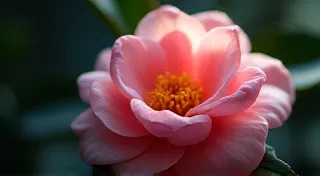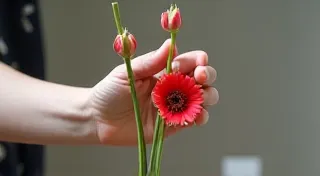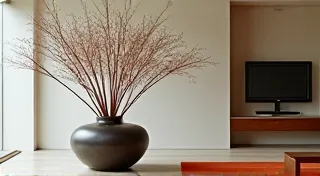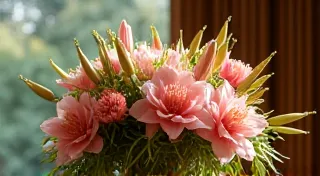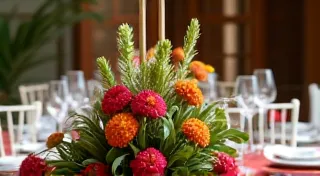Seasonal Ikebana: Arranging with Flowers of the Seasons
Ikebana, the Japanese art of flower arranging, isn't just about aesthetics; it’s deeply intertwined with nature and the changing seasons. Each season brings with it unique flowers, branches, and foliage, each carrying symbolic meaning. Incorporating these seasonal elements into your Ikebana arrangements allows you to connect with the natural world and express its beauty in a truly meaningful way. This guide will explore how to approach Ikebana arrangements for each of the four seasons, delving into not just the materials but the underlying philosophies that guide this ancient art form.
Understanding Seasonal Symbolism
Before diving into the specifics of each season, it's crucial to grasp the underlying symbolism. Japanese culture holds a profound respect for nature, and this reverence is reflected in Ikebana. Flowers aren't simply decorative; they represent life, death, rebirth, and the passage of time. Understanding these deeper meanings can transform your arrangements from mere displays into powerful expressions of emotion and connection with the natural world. Many practitioners also study the principles of line and space; mastering these foundational elements can truly elevate your Ikebana design – see “The Role of Line and Space in Ikebana Design” for more on this aspect.
Spring (Haru) - Renewal and Fragility
Spring in Japan is a time of vibrant renewal after the starkness of winter. Cherry blossoms (sakura) are, of course, the quintessential symbol of spring, representing the fleeting nature of beauty and the preciousness of life. Other common spring flowers include plum blossoms (ume), daffodils, and tulips. Consider using delicate branches with new buds. The overall feeling should be light, airy, and optimistic. The careful consideration of the materials and their placement isn's just about visual appeal; it's a reflection of broader artistic traditions. Ikebana frequently intersects with other art forms, creating a unique and beautiful dialogue between disciplines - explore Combining Ikebana with Other Art Forms for examples of these inspiring connections.
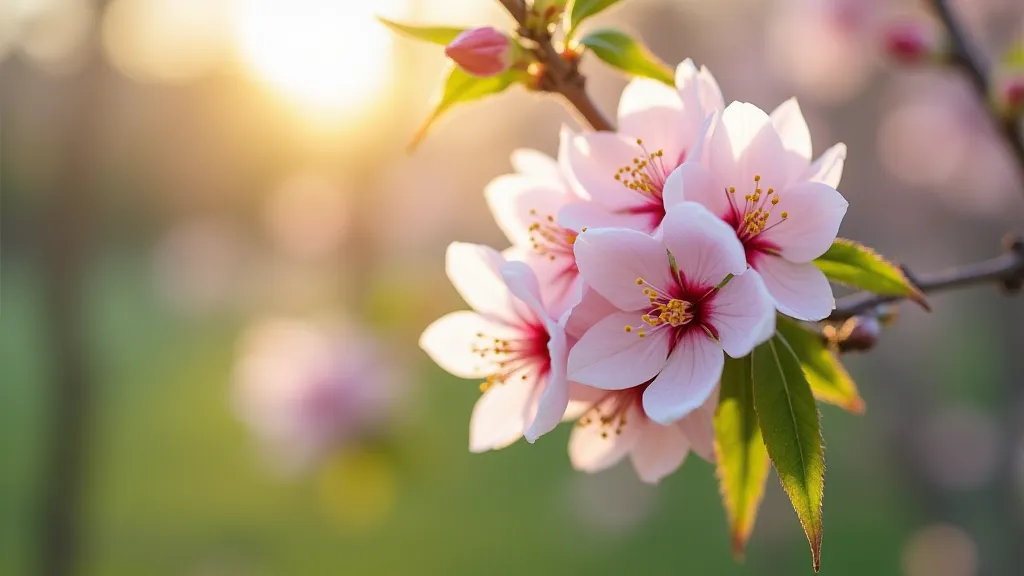
Ikebana Styles for Spring: Rikka and Shoka styles lend themselves beautifully to the elegance and formality of spring. A simple Nageire style (standing arrangement) can also highlight the freshness and vitality of the season.
Summer (Natsu) - Abundance and Vigor
Summer in Japan is characterized by lush greenery, vibrant colors, and a sense of abundance. Flowers like hydrangeas, sunflowers, and lilies thrive during this time. Consider using strong, upright branches and incorporating grasses or ferns to create a feeling of energy and vitality. The arrangement might reflect the humidity and intensity of the summer heat. The selection of specific flowers and branches isn't random; each has unique qualities and cultural significance. If you’re curious to learn about the various Japanese flowers frequently utilized in Ikebana, investigate Different Types of Japanese Flowers Used in Ikebana for a closer look.
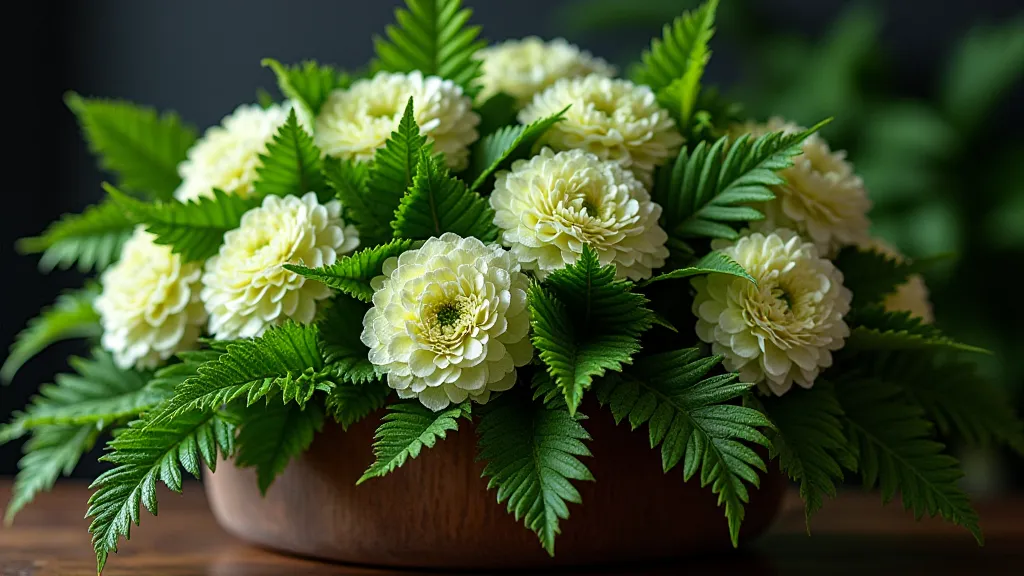
Ikebana Styles for Summer: Moribana (piled mountain) style is well-suited for showcasing the lushness and variety of summer blooms. The use of a shallow container to reveal the arrangement's base is common.
Autumn (Aki) - Maturity and Harvest
Autumn brings a spectacular display of colors as leaves turn vibrant shades of red, orange, and yellow. Chrysanthemums (kiku) are the iconic flower of autumn in Japan, symbolizing longevity and rejuvenation. Maple leaves (momiji) are also frequently used, reflecting the beauty and transience of life. An autumn arrangement should convey a sense of maturity and a feeling of letting go. The depth and complexity of Ikebana extend beyond aesthetics; it’s an art form with a rich history and distinct schools of thought. Learning about the major schools like Ohara, Ikenobo, and Sogetsu can provide a broader context for appreciating the diverse approaches to Ikebana – see "The Three Main Ikebana Schools: Ohara, Ikenobo, & Sogetsu" for more information.
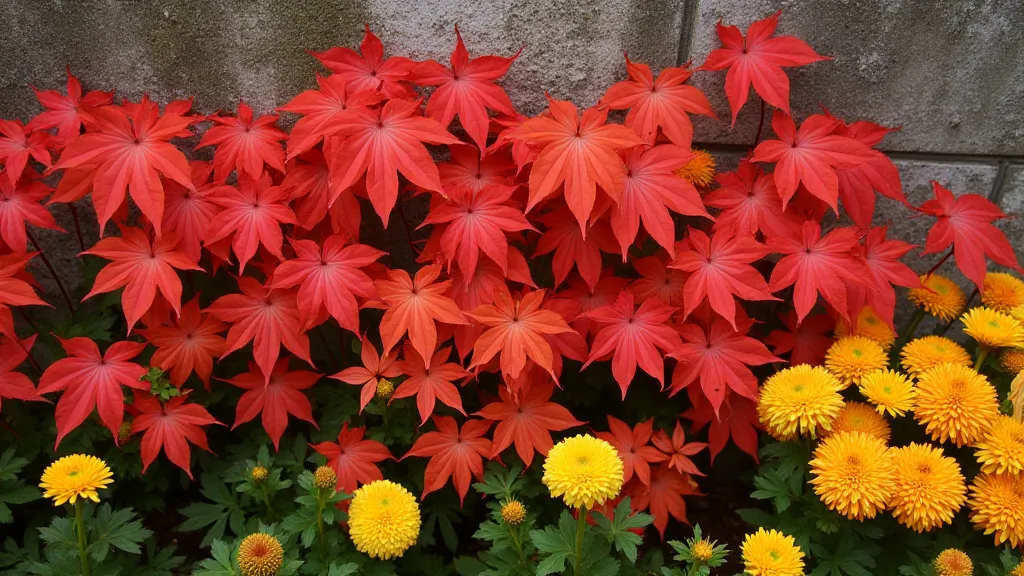
Ikebana Styles for Autumn: A more subdued and melancholic style often suits autumn. Consider incorporating dried materials and allowing some branches to droop slightly to reflect the season’s natural decline. The use of negative space, and understanding how it contributes to the overall composition, becomes especially important during this season.
Winter (Fuyu) - Restraint and Resilience
Winter in Japan is a time of stillness and introspection. Branches are often bare, and the focus is on the strength and resilience of nature. Pine branches (matsu) and evergreens symbolize perseverance and hope. Dried flowers and berries can add texture and visual interest. A winter arrangement should evoke a sense of peace and tranquility. The minimalist approach to winter Ikebana is a conscious choice, reflecting the quiet beauty of the season. This restraint also encourages a deeper appreciation for the simple lines and forms that define the arrangement. It emphasizes the importance of understanding the symbolic weight of each element and how it contributes to the overall feeling of serenity and quiet strength.
Ikebana Styles for Winter: Simple, minimalist arrangements work best for winter. Jiyūka (free style) allows for creative expression while maintaining a sense of restraint and elegance. Focus on lines and negative space to create a feeling of serenity. This style allows for individual interpretation while adhering to the core principles of Ikebana, making it an excellent starting point for aspiring practitioners. Remember that even within a free style, careful consideration of balance and harmony is essential for creating a truly compelling arrangement.
By embracing the spirit of each season and incorporating its unique elements, you can create Ikebana arrangements that are both beautiful and deeply meaningful. Ikebana is more than just a craft; it's a journey of self-discovery and a profound connection with the natural world. As you progress in your practice, consider experimenting with different materials, styles, and perspectives to develop your own unique artistic voice. The principles you learn extend far beyond floral design, impacting your ability to appreciate beauty, find harmony, and cultivate a deeper understanding of the world around you.

